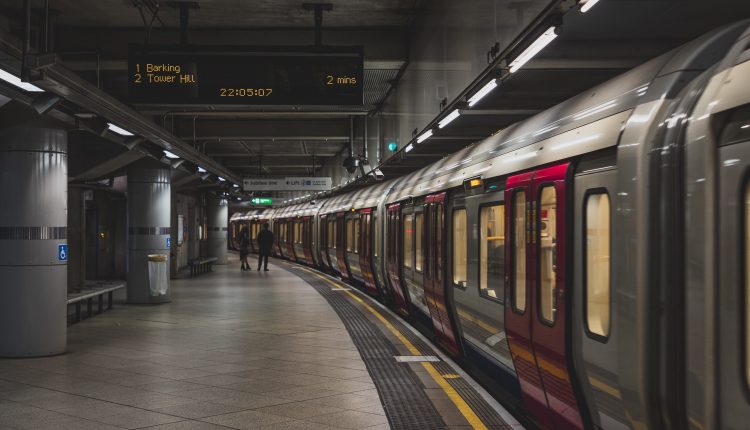In the early hours of a recent Thursday morning, an alarming incident unfolded on Chicago’s CTA Red Line train. Mijawon Johnson, a man on parole, was charged with the attempted murder and aggravated battery of a 61-year-old woman. The attack, which took place near the Roosevelt station around 1:35 a.m., left the victim critically injured and has since sparked a city-wide discussion on the safety of public transportation and the efficacy of the parole system.
Chicago Police Department officials reported that CTA employees found the woman unresponsive, bearing severe contusions and a cut on her face. The severity of her injuries necessitated immediate hospitalization in critical condition. This incident not only highlights a brutal act of violence but also raises critical questions about the broader implications for public safety and criminal justice in Chicago.

Parole System Under Scrutiny
The fact that Johnson was on parole at the time of the attack is particularly disturbing. It raises serious concerns about the effectiveness of the parole supervision system in preventing recidivism and protecting the public. This case forces us to question how individuals on parole are monitored and what measures are in place to ensure they do not pose a threat to society.
Safety on Public Transit
The attack also brings into sharp focus the issue of safety on Chicago’s public transportation. The CTA Red Line, a major transit artery in the city, is used by thousands of commuters daily. Incidents like this shatter the sense of security that commuters have and raise anxiety about traveling, especially during late-night hours. It prompts a critical examination of the safety measures currently in place and the need for enhanced security protocols on CTA trains and stations.
Community Reaction and Response
The community’s response to this incident has been one of shock and fear, but also a call for action. There is a growing demand for increased police presence and security measures on public transportation. Additionally, community leaders are advocating for more comprehensive support systems for victims of violent crimes, emphasizing the need for both physical and psychological care.
Impact on the Victim
The impact of such a violent assault goes far beyond physical injuries. The psychological trauma experienced by the victim and the long-term effects on her well-being are profound. The road to recovery may be long and challenging, underscoring the need for adequate support systems for victims of violent crimes.
Legal Proceedings and Justice
As the legal proceedings against Johnson unfold, there is a palpable demand for justice, not just for the victim but for the community at large. The case will be closely watched, with many hoping it will lead to significant changes in both parole supervision and public transportation safety measures.
Exploring Solutions
This incident serves as a wake-up call for the city to explore effective solutions. Strengthening the parole system through better risk assessment tools, closer supervision, and more resources for rehabilitation and reintegration could be key steps. Similarly, enhancing public transportation security through increased patrols, surveillance, and emergency response protocols is crucial.
Reflection on Urban Safety and Crime
The attack on the CTA Red Line is a grim reminder of the challenges cities face in ensuring the safety of their residents. It brings to light the complex interplay between criminal justice, public safety, and urban infrastructure. This incident is a call for a holistic approach to urban safety, one that considers all aspects of crime prevention and response.
Read More:
- California’s $2600 Stimulus Check for 2024: Understanding Eligibility and Payment Details
- Beyond the Beauty: Understanding the Perils in Gila County, Arizona’s Riskiest Areas
The brutal attack on a 61-year-old woman on Chicago’s CTA Red Line train is more than an isolated incident; it is a symptom of larger issues within the city’s criminal justice and public safety systems. As the victim fights for her life, the city must confront the hard truths about its parole supervision and public transportation security. The path forward requires a concerted effort from law enforcement, the legal system, community leaders, and the public. Only through a united and comprehensive approach can Chicago hope to prevent such tragedies in the future and ensure the safety and security of all its residents.

